
Hands-on math materials help children understand math concepts better and become more fluent at solving problems. Plus, they make math time a lot more engaging and more fun.
Making your math lessons more hands-on doesn’t mean you have go out and buy a lot of specialized math manipulatives, though. In fact, you probably have one of the best math manipulatives spilling out of a crumpled cardboard box in the back of your board games closet.
In this video, you’ll learn how to use play money to teach your children how to add and subtract multi-digit numbers with confidence. With the help of play money, your children will learn not only how to add and subtract larger numbers, but they’ll also understand why the process works.
After you’ve watched the video, make sure to fill out the form to grab your free cheat sheet. It’ll jog your memory on those mornings when you haven’t had enough coffee and you’re trying to teach math with your toddler hanging on your leg.
Video Transcript
Hi, I’m Kate Snow from the Well-Trained Mind Press and Kate’s Homeschool Math Help. And today I’m going to show you how you can teach your kids addition and subtraction with play money. Using play money from your kids’ cash register or from board games you have around the house makes learning addition and subtraction a lot more fun and help kids understand what they’re doing a lot better. Instead of just carrying the one or borrowing a ten, they’ll really understand what they’re doing when they attack these problems with two or three-digit numbers or even more.
So, before you go ahead in teaching your kids multi-digit addition and subtraction, there’s a couple things that your child should know first. We don’t wanna jump ahead of ourselves here. First of all, your child should know the concepts of addition and subtraction, of course, so they understand the idea that, with addition, they’re joining things together, with subtraction, they’re taking things away. Your child should also know the math facts well before starting these kinds of problems. They should know that 9 plus 8 is 17 or that 15 minus 6 is 9. Having those basic facts mastered before they try to do these more complicated multi-step problems will make them go a lot more easily. And then, finally, your child should already be familiar with place value and regrouping. This is the idea that if we have 10 ones we can regroup them into a 10, or we can take a 10 and break it apart into 10 ones that are very important for this multi-digit addition and subtraction.
You won’t need very much for this. All you’ll need is paper, pencil, and then the ones, tens, and hundreds in play money. So to start teaching your child… We’ll start with addition first, and then we’ll go on to subtraction. To start, you’ll need a piece of paper to use as a place value map, and to make a place value map, I know it sounds kind of fancy, but all you actually need to do is just make a really simple chart on here that we’re gonna use to keep our play money organized. We’ll label one column tens and the other column ones. And so we’re going to start with a problem that doesn’t require regrouping. We’re gonna start with 24 plus 31. And so to do this, we’re gonna start…first, we’re going to act it out with the play money, and then we’ll record what we do. So we’ll start here by representing the 24 with the play money. We have two tens and four ones. So I’m just gonna put those out with the play money. I’ve got two tens here, and then I’ve got four ones. So that will be my… Oops, I’m moving things around here from my bank. So there’s my two tens and my four ones. I wanna add on to it 31. Three tens and then one one. Okay, so now I’ve got these all out.
And so now to teach your child what to do, we’re gonna start and go through step by step. So we’re gonna start here with the ones. We have four ones plus one one. That’s these four ones and one one more. And so those four plus one add up to five ones, which I’ll write one here right here in the ones column. Now, over in the tens, we have two tens plus three tens. We’ve got two tens plus three tens, which adds up to five. So we have five tens. So the total answer is 55. That’s an example with no regrouping. Now, once your child is comfortable with those sorts of problems, then you want to move on to ones that are a little bit more complicated that do require regrouping or what you might have learned as carrying the one when you were in school.
So here we have a slightly harder problem, 24 plus 38. I have already laid out all of the dollar bills, so we have 2 tens plus 4 ones for 24, 3 tens plus 8 ones for the 38. Again, we’re going to start with the ones. We’ll move around the play money first and then record what we do. So we have four ones plus eight ones. Four plus the 8, and 4 plus 8 equals 12. And so here’s a case where we need to regroup. We need to take 10 of our ones and trade them for a 10 dollar bill. So that’s just what I am going to do here. I’m going to take this 10 down here that I need to select up and to get rid of. I am posting this on the screen, but with play money, you do wanna take these and put them down here in your bank. And then take another 10 and move it out here, because we traded the 10 ones for that 1 10. Now, we’ll record what we did. We took 4 plus 8 is 12. We took 10 of those and made that into a 10. Oops, lost something here on my screen. Sorry, there we go. So that’s the 10 that we traded, and then we have 2 ones left here in the ones column.
Now, we’re gonna look at the tens column. We have these 2 tens, the 3 tens, and then the 1 extra 10 we added. One plus two plus three that’s six tens. So our final answer is 62. And then once your child is dealing good about that, then you could extend it, and I do problems where you need to regroup the tens. Again, I’ve laid out the dollar bills already to match the numbers. So 85 plus 32. Eight tens and five ones plus three tens and two ones. We’re going to start with the ones again. We have five plus two equals seven ones. No regrouping necessary there. But now we get to the tens. Eight tens plus 3 tens is 11 tens. So we need to regroup again. This time we are going to add a column to our place value chart. We’re gonna add the hundreds to the place value chart. And then we’re going to take 10 of these tens and trade them for 100. So, again, count up 10 of these to put back in the bank, and you trade them for 1 100. And to write down what we did, 8 plus 3 gave us 11 tens. We kept 1 of those tens and traded 10 of them for 100. So we put a one in the hundreds place. And so we have a total of 117, and see how that matches what’s left on the place value map, 100, and a 10, and a 7, 117. And so that’s how you can use play money to teach addition, and now we’re going to reverse that and use the same ideas for multi-digits subtraction.
Again, we’ll start with problems that don’t require regrouping and then move on to ones that do require regrouping. So here we have 46 minus 33. This and what I’ve done is I have put up 4 tens and 6 ones to match our top number, the 4 tens and the 6 ones in the 46. And now we’re going to take away 33 from the 46. There are several different ways to interpret subtraction, but this one is easiest for this procedure. So we want to literally take away three of the dollars, and then we write down what we did. We did six, we subtracted three, and that left us with three ones here. Now, moving over to the tens column, we start with four tens and we wanna subtract three. So, again, we will just simply take away 3, 1, 2, 3, leaving us with 1 10 left. So 46 minus 33 equals 13. One 10 and 3 ones. So it’s pretty easy when you’re not regrouping. But the play money is a great way to show regrouping for subtraction as well. You might think of this as borrowing a 10 that you learned that way.
So now this is the more difficult one, with 83 minus 45, so with 8 tens and 3 ones. And we need to subtract four tens and five ones. So let’s start with the ones place again. We have three ones, but we need to subtract five. So what I need to do now is I need to take one of my tens here. I’m going to put it into the bank and trade it for ten ones over here. These are gonna get a little crowded, but I think I can just fit them in 1, 2, 3, 4, 5, 6, 7, 8, 9, and 10. Just gonna end it in there. Okay, so now what I’ve done is…now we’re gonna write down what I did. I had eight tens, but now I only have seven of those tens left. I took that other 10 and traded it for 10 ones, so now I have 13 ones over here in the ones column of my place value chart. And so I write the 13 here, and I like to write it out entirely so that kids see that it’s really 13 ones. And now I need to subtract five of those ones. I’m gonna take five of them away, one, two, three, four, five. And that leaves me with eight ones left in the ones column. Now, we move on to the tens column. Now, there’s seven tens in this tens column, and we need to subtract four of them. So, again, we’ll subtract here. One, two, three, four, and that leaves three of the tens left. So 83 minus 45 equals 38.
So that’s how you can use play money to teach multi-digit addition and subtraction. Make sure your kids know the concepts of addition and subtraction, the addition subtraction facts, and place value before you start. And then teach this incrementally step by step, and your kids will be fluent in no time. Thanks and happy math.
Recommended Products
-
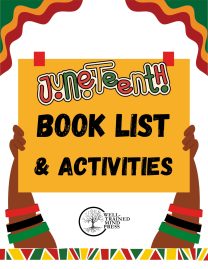
Juneteenth Booklist & Activities
0 out of 5$0.00 Add to cart -
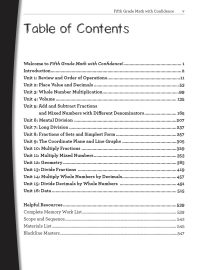
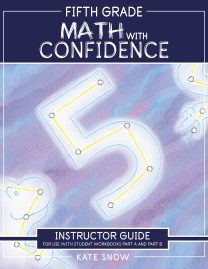
Fifth Grade Math with Confidence Instructor Guide
0 out of 5Starting at:$36.95Original price was: $36.95.$27.71Current price is: $27.71. Select options -
Sale!

Hansel & Gretel and Other Stories: Downloadable MP3
0 out of 5$12.95Original price was: $12.95.$8.42Current price is: $8.42. Add to cart -
Sale!

Dorothy and the Wizard in Oz: Downloadable MP3
0 out of 5$25.95Original price was: $25.95.$16.87Current price is: $16.87. Add to cart -
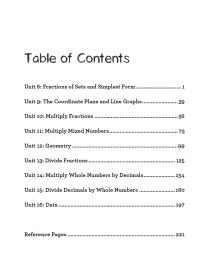 Sale!
Sale!
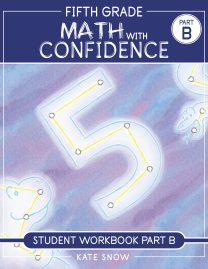
Fifth Grade Math with Confidence Student Workbook B
0 out of 5$16.46 – $21.56 Select options This product has multiple variants. The options may be chosen on the product page -
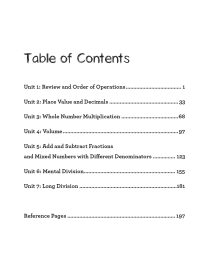 Sale!
Sale!
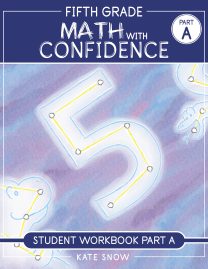
Fifth Grade Math with Confidence Student Workbook A
0 out of 5$16.46 – $21.56 Select options This product has multiple variants. The options may be chosen on the product page
ABOUT THE AUTHOR
Melissa Moore
Join over 100,000 homeschooling families
For the latest offers, educational insights, products and more.
By joining you agree to our privacy policy.







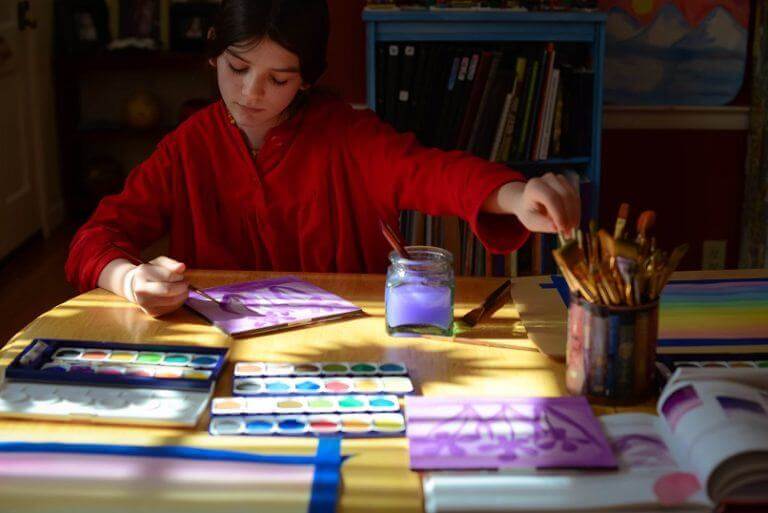

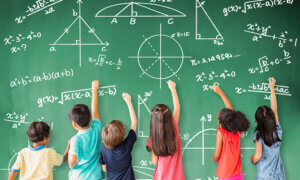

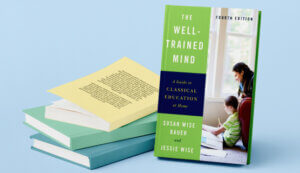

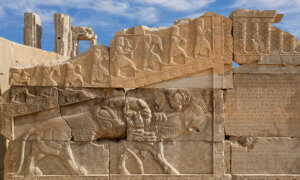




7 thoughts on “How to Teach Addition and Subtraction with Play Money”
Thank you for the transcript!! I often have time to scan a written article but rarely find the time to watch a video. It’s getting harder and harder to find anything actually written anymore.
Same here. I’m a visual-kinetic and social global learner. So I can’t just watch and listen to a video, I have to stop and take notes. This is really frustrating to my social global side. Reading, then watching a video is what works best for me.
I totally love how you have taken the abstract terms of “borrowing” or “carrying”, and made them so understandable to my 7 year old grandson……I love watching the “ah – ha” light go off in his eyes (and the smile that inevitably follows!)
Thank you for sharing this! I have purchase both your Learning Addition and Learning Subtraction Fact books…..so VERY much worth every penny!!!!! Thank you for your ministry to empower parents and grandparents to teach our children.
Is there any easy method to a child learning their math facts. Is counting on fingers in second and third grade acceptable to a child who does not know their math facts?
For your first question, here’s Kate Snow’s article on how to teach addition facts: https://kateshomeschoolmath.com/everything-you-need-teach-addition-facts/
For the second question, Kate suggests having the student use an addition table rather than counting on their fingers. That way, the student doesn’t have to use so much of his working memory for counting and can instead focus on how he’s applying the addition facts (for example, in word problems or multi-digit problems).
Hi Kare. Thank you so much for all the wonderful work you do, it is very helpful for us as well homeschooling this year. I have a question: my almost 10 yrs old I find he still uses counting on his fingers, but speaking in his mind, to do basic addition that is above then next 10, like 9+7 or 18+5, 27+7, the same for subtraction. He solves them, only I wish he would do it faster so then more difficult math gets easier. Is there a trick I could teach him so he gets faster with these basic operations? Thank you
Hi Adriana,
I’m not Kate, but I can tell you that ‘making ten’ (which Kate touches on briefly here) is a great way to improve speed. To use your example of 9+7, it’s quicker and easier to solve 10+6 (take 1 from the 7 to ‘make ten’ with 9).
You can find many articles and videos about this strategy by searching make ten or making a ten.
Kate Snow illustrates some other great mental math strategies in this article:
https://kateshomeschoolmath.com/mental-math-tricks/
and has many other great math articles here:
https://kateshomeschoolmath.com/articles-and-reviews/